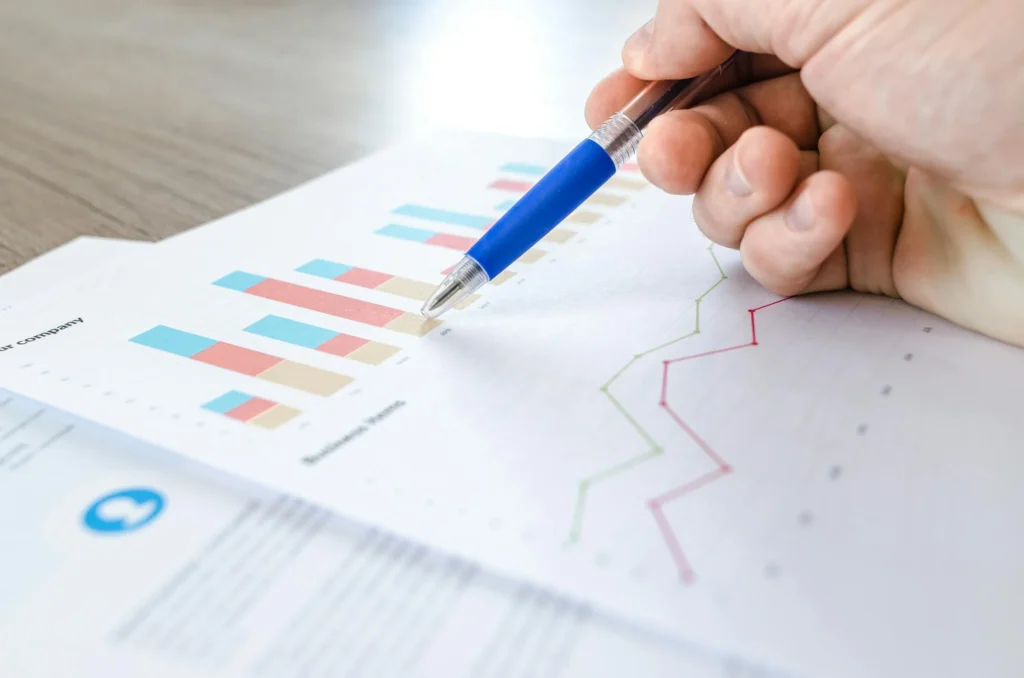Data Analytics is the process of examaning raw data to find trends, patterns, and usefull insights that can help in decision making. It invloves diffrent techniques and tools to analyz data and extract valuble informtion. Compnies and organizations use data analytics to enhanse effciency, increase profits and understnd their custmers better.
Why is Data Analytics Important?
In the digital age, data is genrated at an unpresednted rate. Without proper analyis, this data is just meaningleess information. Data analytics helps buisnesses make informd decisions, improve thier operatins, and gain a competative edge. Some key benefits include:
- Better Decision Making – By analizing past and current data, companies can make data-drivn decisons rather than relying on instincts.
- Cost Reduction – Identifying inefficiencies in operations can save companies alot of money.
- Improved Customer Experience – Understanding customer behavior helps companies to custmize their services and meet customer needs effectivly.

Types of Data Analytics
Data Analytics can be catagorized into four main types. Each type serves a diferent purpose and helps businesses in uniqe ways.
Descriptive Analytics
This type of analytics answers the question “What happend?” It focusses on summarizing past data to give insight into what has occured in a business. For example, a sales report showing monthley revenue trends.
Diagnostic Analytics
Diagnostic analytics aims to answer “Why did it happn?” It goes beyond descriptive analytics by looking into the causes of past trends. This method uses techniques such as drill-down and data mining to uncover deeper insights.
Predictive Analytics
Predictive analytics uses statistical models and machine learning algorithims to forecast future outcomes. This is commonly used in financial risk assesment, market trend predction, and fraud detection.
Prescriptive Analytics
Prescriptive analytics provides recommendations on “What should be done?” Based on predictve insights, it suggests the best course of action. This type of analytics is widly used in automaton and strategic planning.
Key Tools Used in Data Analytics
Several tools and technologies are used in data analytics to process and visualize data effciently. Some of the most poplar tools include:
- Excel – A widly used tool for basic data analysis and visualization.
- Python & R – Programing languages that offer powrful data analysis capablities.
- SQL – Used for quering and managing large databases.
- Tableau & Power BI – Data visualization tools that help in representing data insights through interactive dashbords.
- Google Analytics – Used for tracking website performnce and user behavior.
Challenges in Data Analytics
Despite its many advantges, data analytics comes with its own set of chalanges:
- Data Quality Issues – Inacurate or incomplete data can lead to incorrect insights and poor decision-making.
- Data Security & Privacy – Handling large amounts of sensitve data increases the risk of cyber threts and data breachs.
- Integration Complexity – Combining data from multiple sourcs can be complex and time-consuming.
- Skill Gaps – The demand for skilled data analysts is high, but there is a shortage of profesionals with the necessary expertese.
The Future of Data Analytics
Data analytics is continusly evolving with advancemnts in technology. Artifical inteligence (AI) and machine learnng are making data analytics faster and more accrate. The rise of big data, cloud computng, and the Internet of Things (IoT) is also transforming how organizations analyze and use data.
Conclusion
Data Analytics is a crucial aspect of modern buisnesses and organizations. It helps in making informed decisons, improving effciency, and predicting future trends. Despite some chalanges, the benefits of data analytics far outweigh the drawbacks. As technology advnces, the role of data analytics will only become more signficant in various industries.
